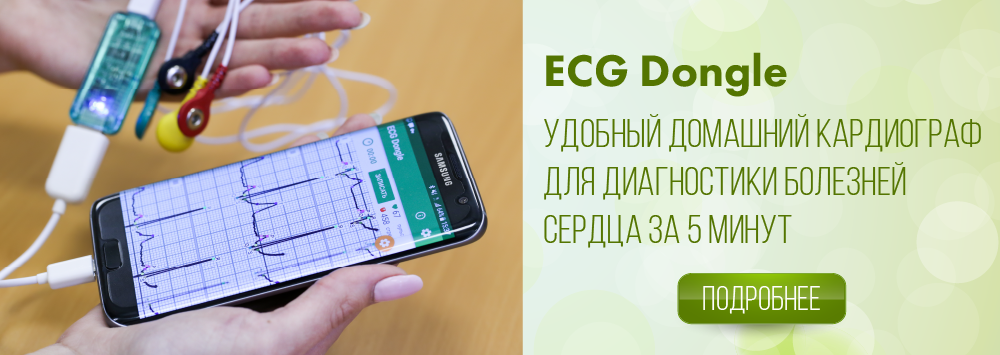Atrioventricular re-entrant tachycardia
Paroxysmal supraventricular tachycardias have the following electrophysiological characteristics:
- abrupt beginning and end of the attack;
- usually a regular rhythm with small variations of frequency;
- heart rate from 100 to 250 beats per minute (usually 140-220 beats per minute);
- ventricular contractions rate corresponds to the frequency of atrial contractions or less in the presence of AV block;
- QRS complexes are generally narrow, but they can expand in the presence of aberrant conduction.
Atrioventricular re-entrant tachycardia with involvement of accessory pathways occurs against background of pre-excitation syndromes and in arrhythmology it is regarded as a classic natural model of tachycardia, proceeding through electrophysiological re-entry mechanism. Pre-excitation syndrome is that during one cardiac cycle ventricles are excited both as an impulse conducted from the atria by accessory (abnormal) pathway and by a normally functioning conduction system, at that during the conduction of the impulse via accessory pathways part of the myocardium or the entire ventricle is excited earlier, that is prematurely. ECG manifestations of the pre-excitation syndrome against the background of sinus rhythm vary widely, depending on the extent of pre-excitation and permanence of conduction via the accessory pathways.
The following options are possible:
- there are constant signs of pre-excitation on the ECG (symptomatic pre-excitation syndrome);
- there are transient signs of pre-excitation on the ECG (intermittent or transient pre-excitation syndrome);
- In normal conditions the ECG is normal, signs of pre-excitation appear only during the paroxysm or provocative tests: exercise, vagal test or drug test, electrophysiological study (hidden pre-excitation syndrome).
This pathology can be detected using ECG Dongle [1] and ECG Dongle Full [2].

